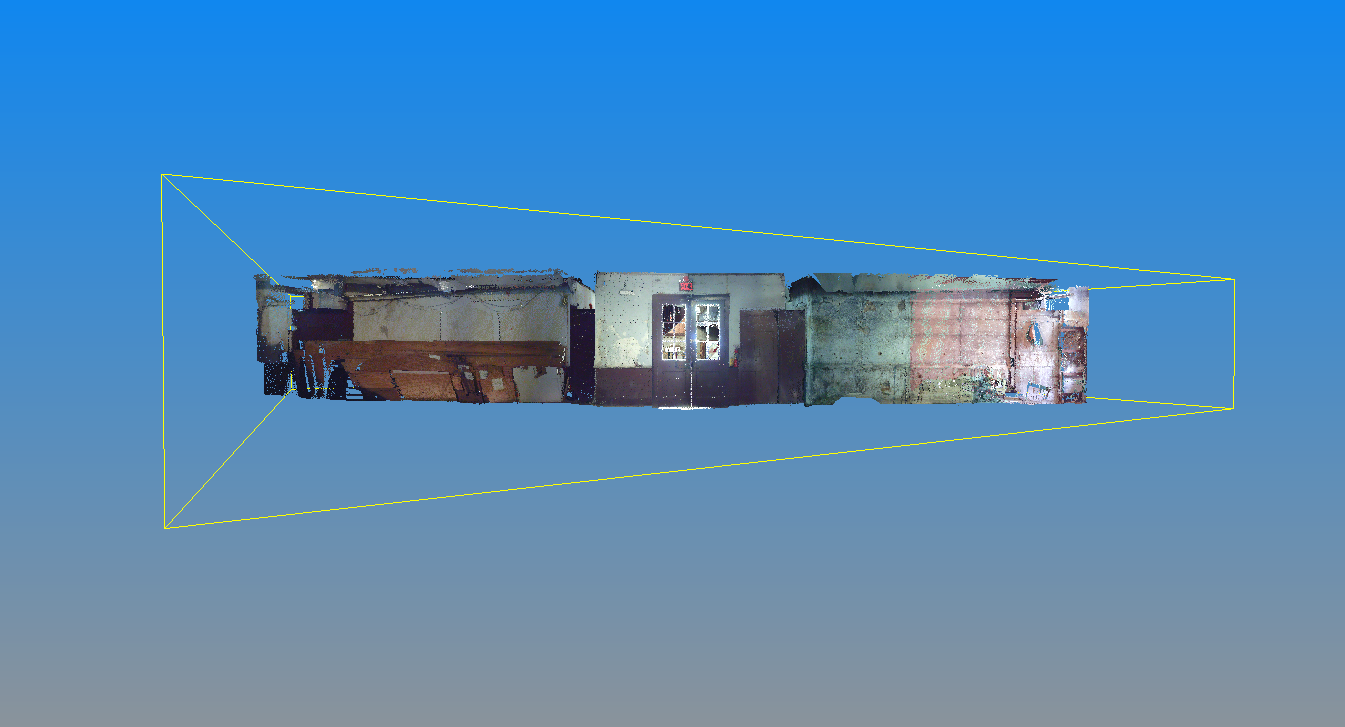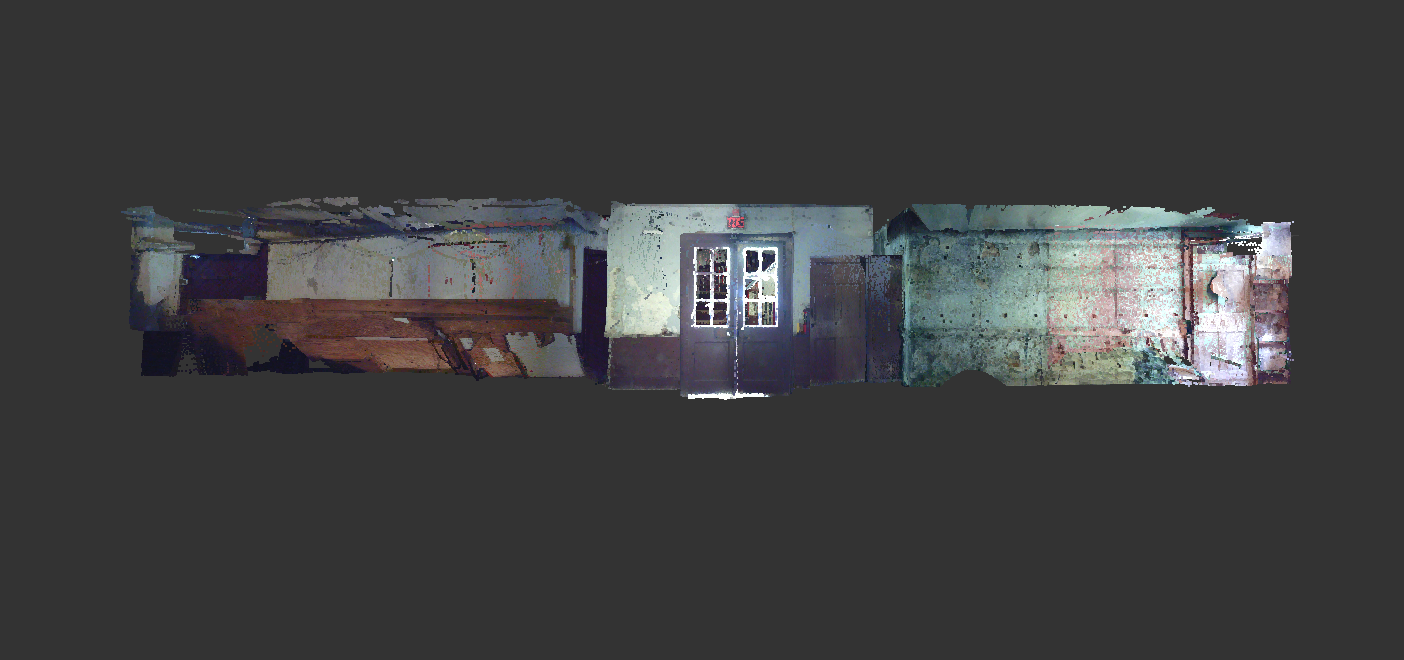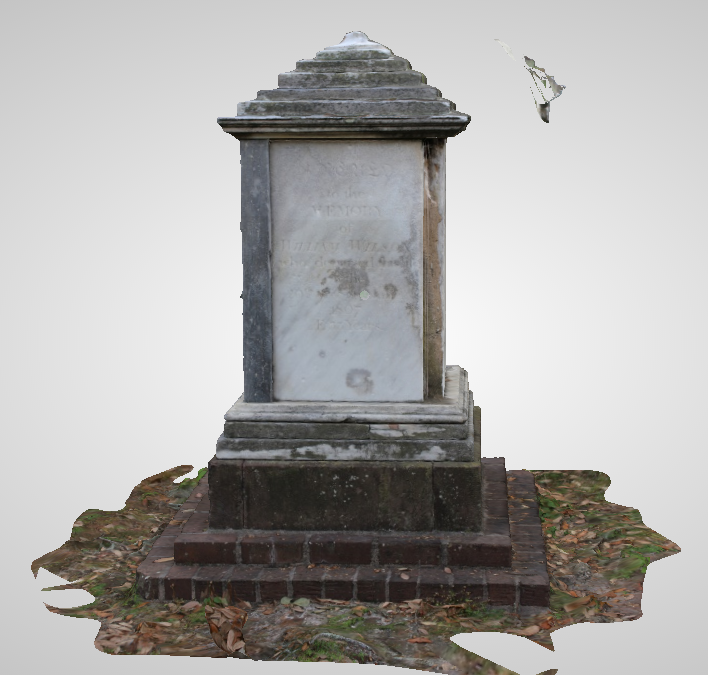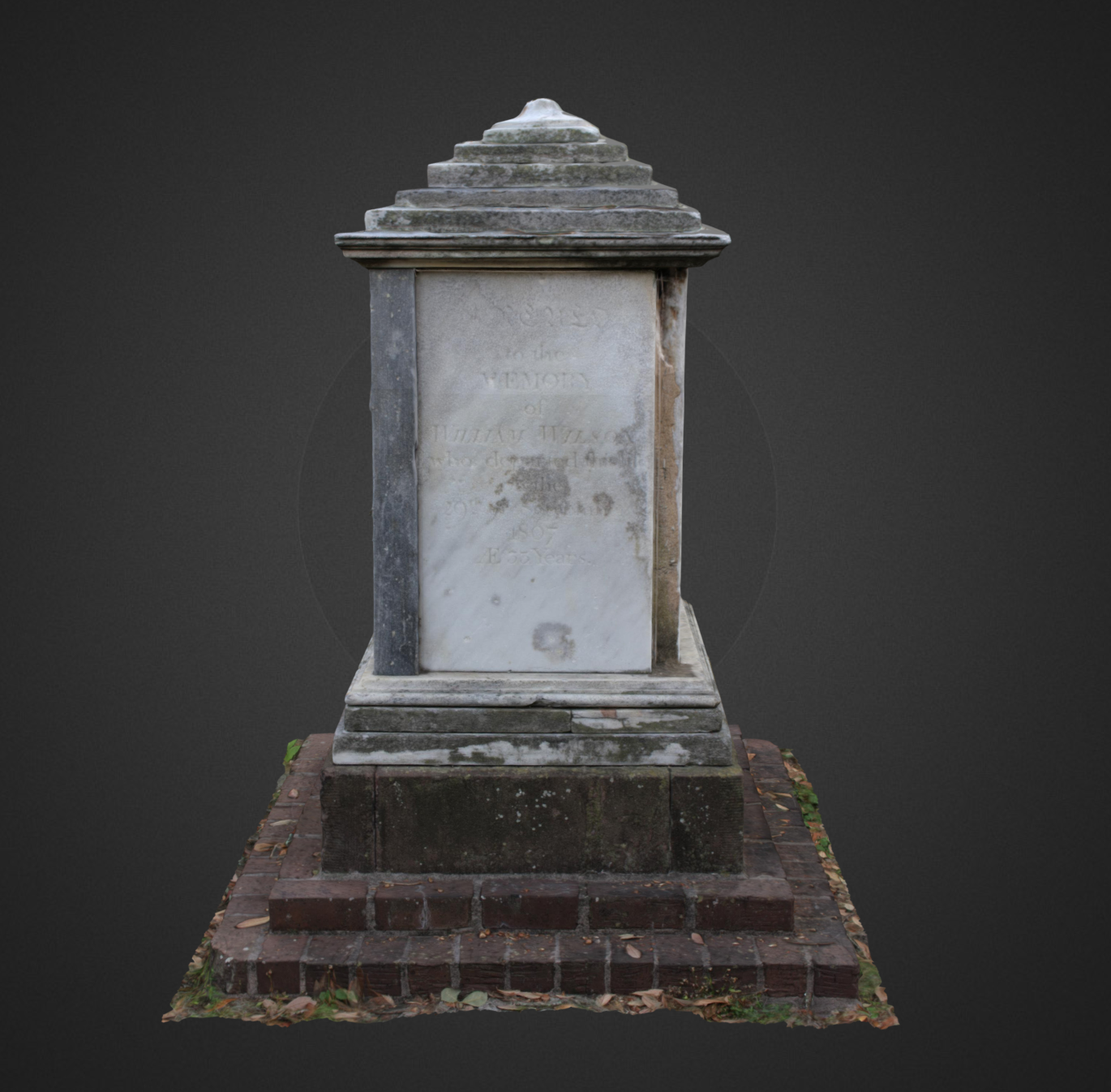3D Printing

Once my Meshmixer file was solid and all holes were filled, I exported the file as an .stl. Then comes 3D printing! This allows for our digital model to come to life. There are various kinds of 3D printers which work by applying layer-upon-layer of material around a central support material. These materials can include plastic, liquid, powder fibers or even sheets of paper. Some of the most common 3D printers include the Startasys Dimension SST 1200 printer and the Solidscape T66. The Startasys uses ABC plastic to print and Solidscape prints in wax. These are also two of the printers available to us, students, at SCAD.
For printing my 3D model I chose to use the Startasys Dimension SST 1200 printer which works through FDM. This means that my model will be constructed using plastic and a support system. Once my model is created, it will be bathed in a solution which will dissolve the support material. When completed, only the model itself will be left.
Since I had exported my project early, it was an ASCII .stl and not a Binary. This made my file size extremely large and hard for the 3D printers to read. After many hours at the Gulfstream Lab, I paid 60$ for what I thought would be a black print with easy to read details. Sadly, after my file crashed the printer, I ended up with a plain, white print with no clear details. Although I was unimpressed with the outcome, it was still interesting to see a small scale version of the real-life tombstone.








